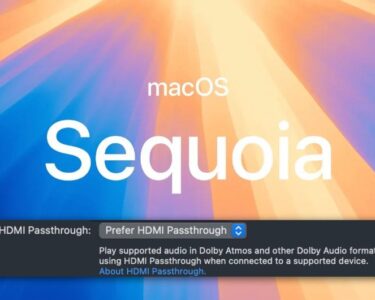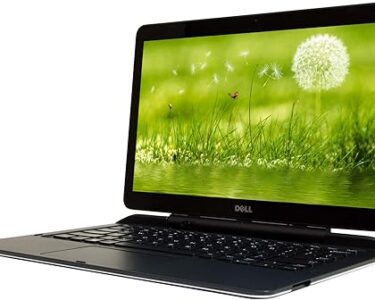The new big-screen productivity laptop from Dell, the XPS 16, is designed for individuals who want something a little fancier than standard business laptops. It is powered by Intel’s latest Core Ultra processors and, for customers requiring even more power, provides discrete GPU alternatives. Its elegant appearance should not be mistaken for a lightweight one, either, since its weight and costly construction make it incompatible with both more powerful workstations and gaming laptops and lighter ultrabooks. For $3,399, it will be difficult to convince anyone who is even slightly interested in good value.
Dell XPS 16 (2024): Specs and features
The pricing and performance capabilities of the Dell XPS 16 vary greatly depending on the configuration that you choose. It can support an Ultra 9 185H processor, although it will start with an excellent Intel Core Ultra 7 155H. Storage starts at 512GB and may go up to 4TB, while memory comes in 16GB, 32GB, and 64GB capacities. Both Intel Arc integrated graphics and discrete GPUs, such as the RTX 4050, 4060, and 4070, are available for addition to the system. The display option is the last choice for key confirmation. There is a 1920 x 1200 non-touch LED display and a 3840 x 2400 OLED touchscreen available. The least expensive of these setups is $1,899.Our test unit cost $3,399 and included improved RAM, storage, GPU, and display.
- CPU: Intel Core Ultra 7 155H
- Memory: 32GB LPDDR5x
- Graphics/GPU: Nvidia RTX 4070 (60-watt TGP, dGPU), Intel Arc (8 Xe cores, iGPU)
- Display: 16.3-inch 4K+ OLED, Touch
- Storage: 1TB PCIe Gen4 SSD
- Webcam: 1080p
- Connectivity: 3x Thunderbolt 4 / USB-C with Power Delivery and DisplayPort 2.1 Alternate Mode, 1x microSD card reader, 1x 3.5mm combo audio
- Networking: WiFi 7, Bluetooth 5.4
- Biometrics: Windows Hello fingerprint, facial recognition
- Battery capacity: 99 watt-hours
- Dimensions: 14.1 x 9.4 x 0.74 inches
- Weight: 5.03 pounds
- MSRP: $3,399 as-tested ($1,899 base)
Dell XPS 16 (2024): Design and build quality
With the XPS series, Dell is fully committed to its new design. Former models’ names included a “Plus” to indicate a change to the workhorse series’ redesigned design; today, it simply refers to the mainline design. The Dell XPS 16 sports a design that is as controversial for the eyes as it is for the hands, but it also demonstrates the company’s skill for build quality with a sleek, although straightforward and, to be honest, a little MacBook-like, aluminum shell that feels strong.
The largest improvements are made to the keyboard and trackpad area’s design. Because of the new design, which places a single piece of glass at the bottom, it is impossible to tell where the trackpad starts and stops visually. Some precisely rectangular keys with a small dish and narrow spaces between them make up the keyboard. The entire function row has been transformed into a row of capacitive touch buttons that light up continuously, similar to Apple’s Touch Bar but lacking multi-function magic.
The previous Dell XPS 13 Plus had a fairly beautiful design as well. However, Dell had a lot of additional room surrounding the keyboard on the XPS 16, so it chose to cram in two sizable speaker grilles that deftly break up the overall minimalist aesthetic. Despite this, the tiny differences are still noticeable. Dell’s white keyboard illumination on this all-white variant also seems asymmetrical and unclean beneath the keycaps.
Dell XPS 16 (2024): Keyboard, trackpad
You wouldn’t know it from the redesign of Dell, but it has what may be the largest trackpad in the industry. The entire glass chin conceals its beginning and end. It extends to within a half-inch of the bottom edge and just misses the space bar, encircling both the new Windows Copilot key and the left Alt key. It is bigger than the display of a Galaxy S24 Plus, to put it in context. Remarkably, the trackpad depresses naturally and produces a pleasant haptic click despite its monolithic form. It rejects palms quite well as well.





